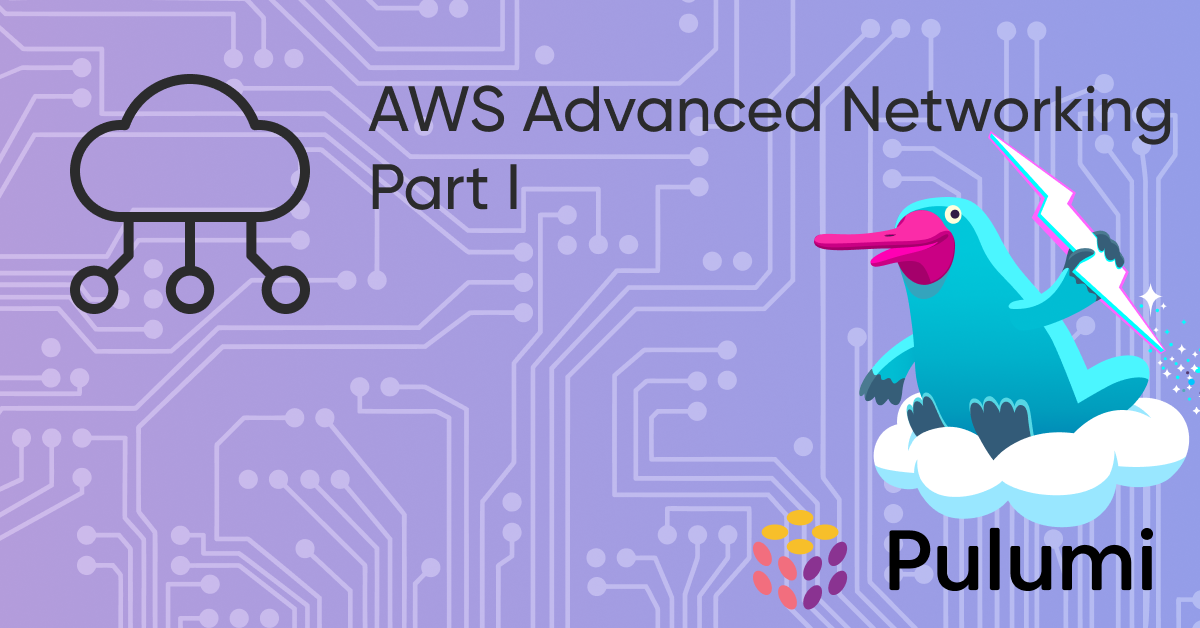Leveling up Pulumi AI with the Pulumi Registry

Pulumi AI harnesses a form of generative AI, known as large language models, to help you discover, learn, and use new cloud infrastructure APIs with ease. Think of Pulumi AI as a sophisticated compass, guiding you through the ever-changing landscape of cloud infrastructure and pointing you in the direction of the most suitable solutions for your unique requirements.
In this blog post, we’ll explore our recent enhancements to Pulumi AI, focusing on how we’ve integrated Pulumi Package schema data to generate more accurate and relevant Pulumi programs. We’ll also share examples showcasing the improvements and how they can benefit your infrastructure as code journey.




















